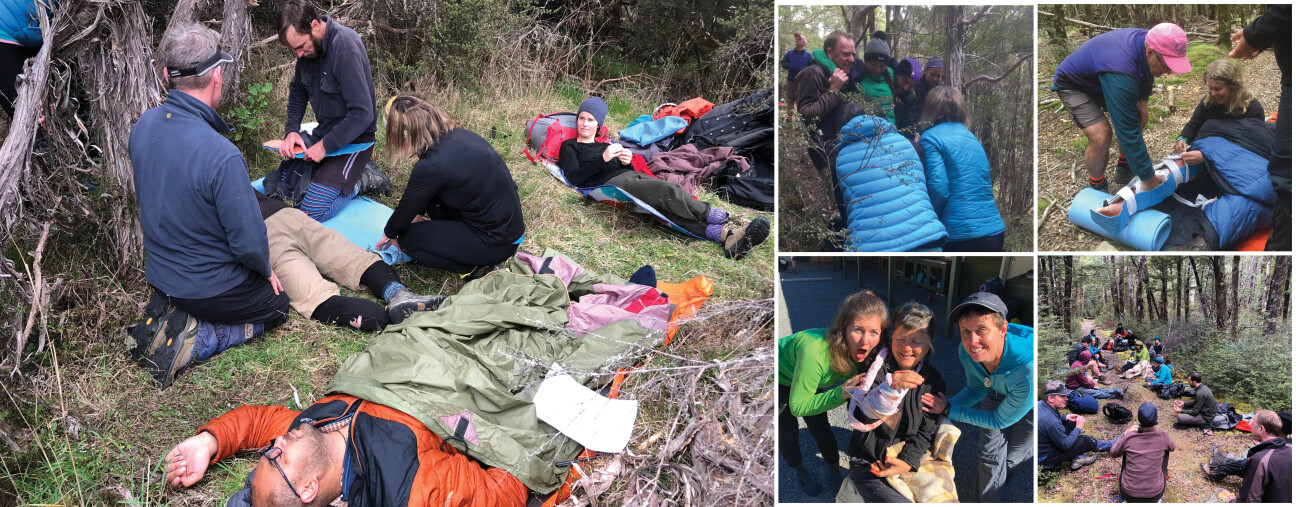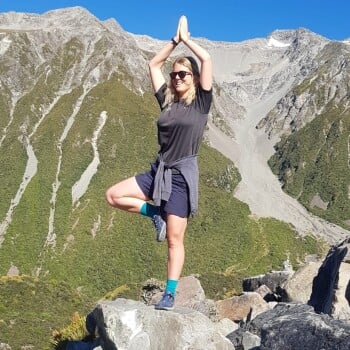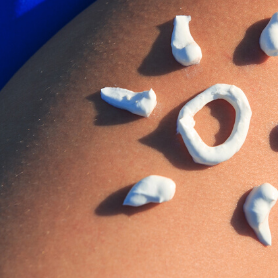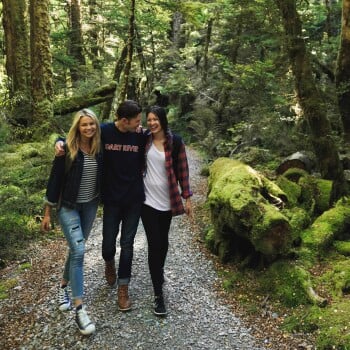- About Us
-
Trips
-
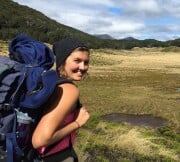 Kiwi-Style Hiking
Kiwi-Style Hiking
-
 Great Walks
Great Walks
-
 Hiking Tours
Hiking Tours
-
Alpine Hikes
-
Custom Groups
- Huayhuash Trek
- Family Northern Explorer
- Family Southern Explorer
- Lake Waikaremoana Hike
- Women's Custom Tours
- Women's Southern Wilderness
- Coast, Canyons and Mountains
- Coastal Wanderer Custom Tour
- Don't Cross the Ladies
- Secret South Custom Tour
- Tekapo Hike
- West Coast Custom Tour
- World Heritage Custom Tour
-
- Blog
- Shortlist
- About Us
- Trips
- Blog
- Shortlist

Jun 4, 2024
Once a year we have our annual guide training which focuses on wilderness first aid and the risks we face in the outdoors. One of the wonderful things about getting all these experienced guides together is the combined wisdom (and occasionally intense discussions) that spill out. Make sure you have what it takes to keep yourself and your mates safe when you head for the hills...
What to bring
Here is what many of us would carry for emergencies, depending on the trip of course. Some of these things are extremely useful or even lifesaving in an emergency in our backcountry.
GPS personal locator beacons are recommended these days and many people pack them as standard beside their first aid kit, nav device and/or maps. There are other things that could be on your “essential items” list that will have uses beyond emergency situations. Here are some suggestions. How relevant they are will depend on the trip - how important weight is, how remote you are going, and will navigation be required etc.
- Closed cell foam mat/bed roll – even if planning to stay in a hut, take one of these. Strap on to the bottom of your pack and it provides a great seat when you want to have a rest and in an emergency these are extremely useful for getting an injured person off the cold ground, they can also be used for immobilising joints eg broken arms and legs. Therma-rests work very well too. A mat ideally needs to be more than 1m long to be effective.
- Walking stick/pole – not only does a stick or pole make walking easier, especially if someone has a sprained ankle, they are invaluable if you suddenly have to erect an emergency shelter or for making splints for fractures. Make sure you have at least two poles in your party. Sticks work well, but if you are above the bushline you aren’t going to find one!
- Sharp pocket knife – not only makes chopping your salami and cheese easier, but vital for wilderness first aid e.g. making make-shift bandages out of clothing, cutting bed rolls up etc.
- Duct tape or top quality PVC tape – we all know how useful this stuff is for fixing gear or holding boots together, so it is bound to be useful in an emergency. Plastic wire ties are great for fixing things like pack straps and are astonishingly strong. And excellent for hostage situations.
- Neck brace template – this can be traced onto your bedroll and cut out in an emergency. Talk to St Johns or Redcross about getting a copy of the template.
- Spare clothes – consider having a couple of spare polypro layers and hat that live in your pack for emergencies, you never know when you might need them.
- Bandages/dressings - are great things to have in your first aid kit, but in an emergency where someone has a major bleed you will be using anything you can get your hands on, cotton is much more absorbent than synthetics so consider having an old tee shirt or small towel for this possibility, you will find other uses for it too.
-
Spare torch batteries - if your flashlight has an on-button on top, you need to beware that it doesn't switch on by accident.
- Pencil and paper – keep them in a ziplock bag ready to record patient information in an emergency. If you can pass concise information onto the emergency services it makes their job that much easier. Pencils work on damp paper.
There are bound to be lots of other useful items that should be on this list, but hopefully this can be of some use to get you started. Also, go in and read, Outdoor Safety Code, here you can read about 5 safety tips for your next adventure.


